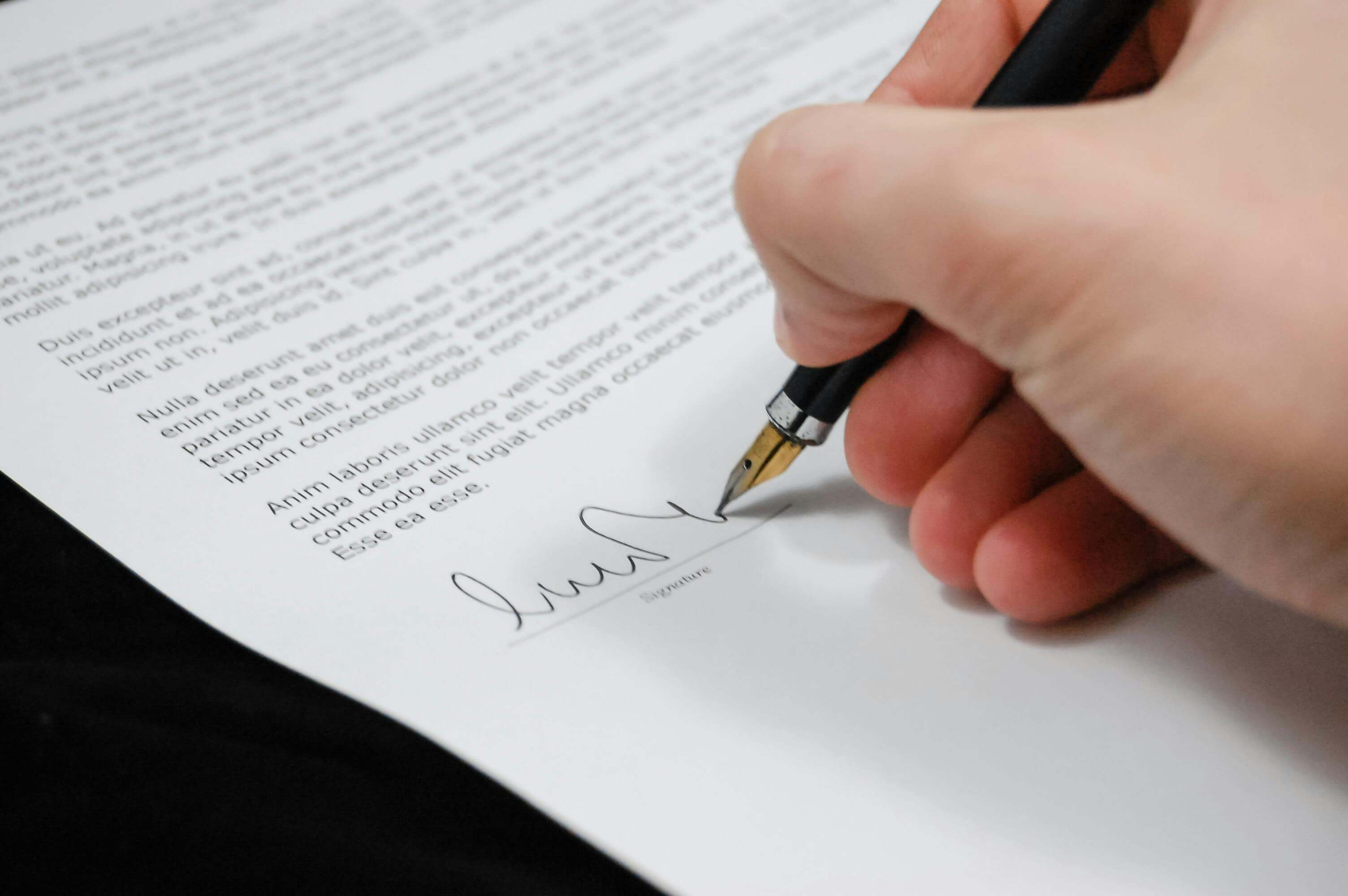A declaration of solvency is a formal legal document that directors must make when they want to close a solvent company through a Members’ Voluntary Liquidation (MVL). It confirms that the business can pay all its debts—plus statutory interest and liquidation costs—in full, within 12 months of starting the winding-up process.
If you’re looking to extract retained profits in a tax-efficient way—perhaps after a successful trade, a restructuring, or as part of your exit plan—then getting this step right is essential.
A formal statement of financial health
A declaration of solvency is a legal document that confirms your company is financially able to meet its obligations in full. It’s a formal statement made by the directors and submitted as part of the MVL process.
This isn’t just a tick-box exercise. It’s a statutory requirement under section 89 of the Insolvency Act 1986, and it carries legal weight. Making a false or reckless declaration can have serious consequences, including personal liability and even disqualification from acting as a company director. So it’s crucial to get it right.
Who makes the declaration of solvency?
All, or a majority of, the company’s directors must sign the declaration. If you’re the sole director, it will be you alone. If there are two or more directors, at least a majority must sign.
Each director who signs must have conducted a proper financial review before making the declaration. That usually means preparing up-to-date accounts, checking off liabilities, and seeking professional advice if there’s any uncertainty.
What’s included in the declaration?
A declaration of solvency includes the following key information:
- The name and registered number of the company
- A statement of assets and liabilities, showing the expected realisable value of assets and a breakdown of liabilities
- Confirmation that the directors have made a full inquiry into the company’s affairs
- A statement that the directors believe the company will be able to pay its debts in full, with interest at the official rate, within 12 months from the start of the liquidation
- The date the declaration was made and the signatures of the directors making the statement
The declaration must also be sworn in front of a solicitor or notary, giving it formal legal status. We’ll guide you through every figure and form—accurately and efficiently.
How do you prepare for it?
The most important thing before signing a declaration of solvency is to be absolutely certain that your company is, in fact, solvent. That means you need to complete these steps:
- Prepare a reliable statement of assets and liabilities
- Make sure all liabilities—including contingent or potential debts—have been accounted for
- Factor in the costs of liquidation and any final taxes due
- Allow for statutory interest (currently 8% per annum) on all creditor balances, even if you don’t expect to pay it
If you’re not sure about any of these figures, your insolvency practitioner can help. Most directors will work closely with their insolvency practitioner to prepare the accounts and get everything in order before the declaration is made.
When is the declaration of solvency made?
The declaration must be made within five weeks of the shareholders passing the resolution to wind up the company. In practice, it’s usually done a day or two before the MVL is officially launched.
It’s crucial that the financial position hasn’t changed between making the declaration and appointing the liquidator. If anything material does change—like a surprise tax bill or a new liability—you’ll need to revisit the figures and possibly delay the process.
Ready to take the next step? Book a free consultation and let us help you prepare your declaration of solvency with confidence.
What happens if the company turns out to be insolvent?
If you make a declaration of solvency and your company fails to pay all its debts in full within 12 months, it may be deemed insolvent.
In that case, the MVL must be converted into a Creditors’ Voluntary Liquidation (CVL). It could also lead to scrutiny of your actions as a director. If a court finds that you made the declaration without due care or honesty, you could face:
- disqualification from being a company director.
- personal liability for some or all of the company’s debts.
- criminal prosecution, in extreme cases.
This is why getting advice from a regulated insolvency professional is so important. We’ll help you understand what needs to be included, how to assess solvency properly and when the timing is right.
Why close a cash-rich company through an MVL?
Before we get into the declaration itself, let’s quickly recap why you might choose a Members’ Voluntary Liquidation in the first place.
If your company has ceased trading and has at least £25,000 in retained profits, using an MVL can be far more tax-efficient than simply withdrawing the funds as dividends. That’s because:
- capital distributions in an MVL are typically taxed as capital gains, not income.
- if you qualify for Business Asset Disposal Relief (formerly Entrepreneurs’ Relief), you may pay just 14% CGT on the money you extract.
- you can usually access funds quickly, often within 7–10 working days of the liquidator being appointed.
To start the process, however, your company must be solvent—meaning it can pay all its debts, interest and costs in full within 12 months of entering liquidation. That’s where the declaration of solvency comes in.
What if you’re not sure about the solvency position?
If there’s any doubt at all about whether your company is solvent, don’t guess or hope for the best. The declaration must be based on a genuine belief, supported by facts and figures. Our licensed insolvency practitioners will guide you through a pre-liquidation review, often free of charge. This will include:
- A review of your balance sheet and liabilities
- A discussion about any contingent or future risks
- A clear estimate of liquidation costs and statutory interest
- Advice on whether an MVL is still appropriate—or whether an informal wind-down or CVL might be better
Want to know if an MVL is right for your business? Speak to one of our expert team for free, no-obligation advice tailored to your company’s position.
How your insolvency practitioner supports the process
Working with a regulated insolvency practitioner makes the MVL process much simpler and safer. We guide you through every step of preparing and filing your declaration of solvency, including:
- preparing the draft declaration and statement of assets and liabilities.
- ensuring all figures are accurate and up to date.
- arranging for the declaration to be sworn.
- coordinating the shareholders’ resolution and appointment of the liquidator.
With the right support, many of our clients complete this part of the MVL in less than a week.
Ready to move forward?
If you’re thinking about closing your cash-rich company through an MVL, the declaration of solvency is one of the most important steps. Done properly, it paves the way for a fast, tax-efficient extraction of funds with minimal stress.
We offer clear advice, a fixed-fee service and personal support from start to finish. Let’s make your exit as smooth and tax-efficient as it should be. Contact us today to book your free consultation.




